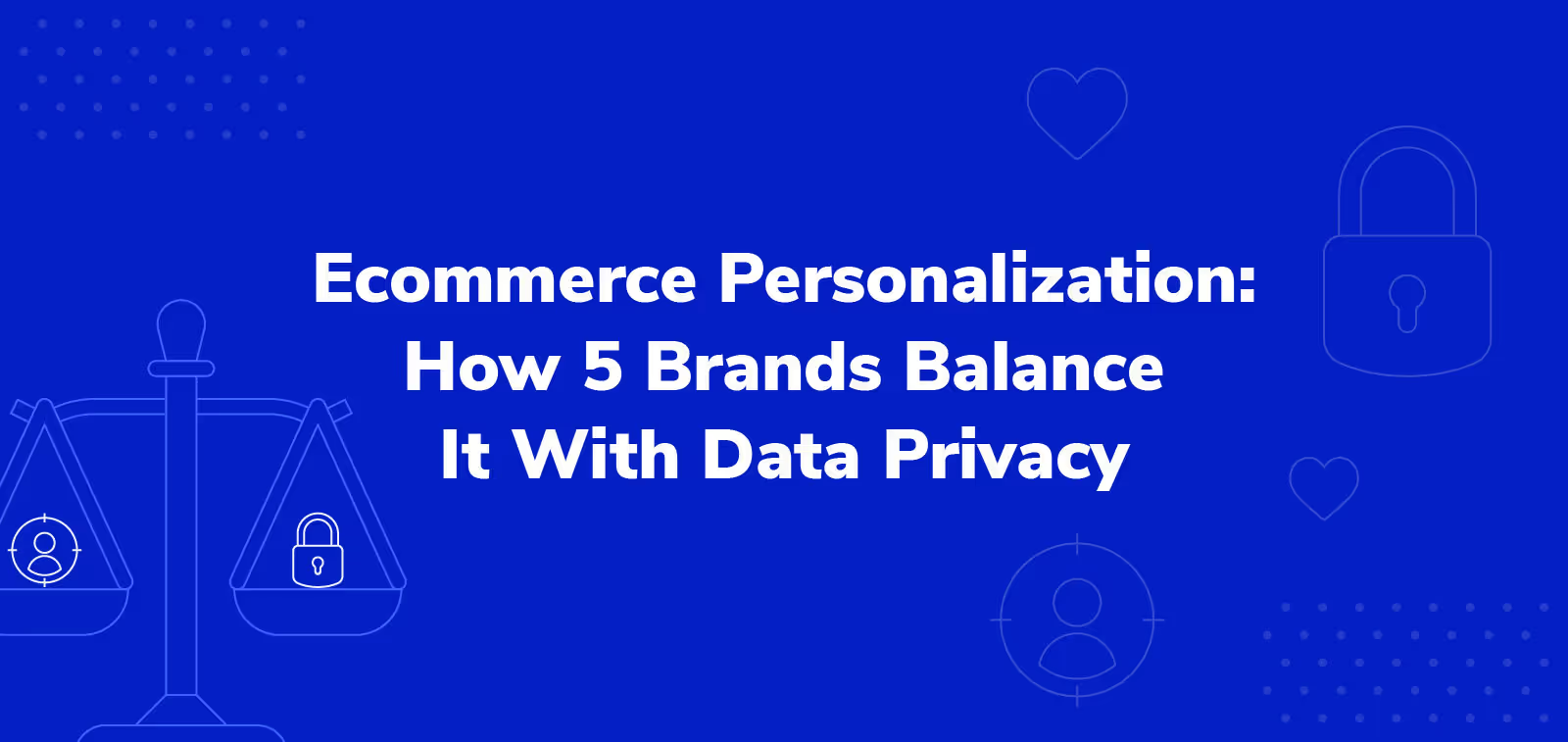3 Furniture Ecommerce Challenges Merchants Face (+ How to Overcome Them)

Say a customer orders a $3,000 sectional sofa from your online store. Two weeks later, one of your customer service reps lets you know that the customer wants to return the sofa because he claims the upholstery split during vacuuming. Sadly, the sofa is now outside the free returns window, and the manufacturer’s warranty doesn’t cover that type of damage. You instruct the rep to charge a return shipping fee. The next day you read a scathing review of your business on Reddit, courtesy of the customer.
These situations are avoidable. While customers are growing more comfortable buying furniture online, they tend to have higher expectations of furniture sellers than other ecommerce stores. Why?
It takes a good amount of trust to spend $3,000 on a sofa without ever sitting on it. And returning a sofa is not as simple as dropping it off at a UPS Store.
3 Common Furniture Ecommerce Challenges
Don’t be dismayed by today's customers' high standards. Instead, address these customer experience challenges head on as a way to stand out in the growing furniture ecommerce space.
1. Getting Customers to Click “Buy” — When They Can’t See the Product
In a furniture showroom, customers can quickly assess an item’s quality and take measurements to see how a piece might fit in their bedroom or living room. A friendly salesperson will also be there to answer questions and gain their trust.
Furniture ecommerce merchants must work to create the same level of confidence without meeting customers or showing products in-person. Fortunately, there are innovative tools available that encourage shoppers to click “Buy” without having to enter a showroom.

2D and 3D room modeling
Static online photos of furniture are no longer sufficient. A 2020 study from software provider Cappasity indicates that 95% of furniture buyers say they prefer interactive computer graphics solutions to a video or image.
Thanks to this technology, online furniture shoppers no longer have to imagine how a sofa might look in their living room. Merchants now have access to 2D and 3D modeling technology that lets customers furnish rooms from scratch using custom dimensions.

Furniture merchant Joybird uses software from Marxent Labs to offer a custom design tool. Customers can set a virtual room’s flooring and wall paint, so they can fully imagine how Joybird’s items would appear in the space. If a customer likes the ensemble of furniture, they can purchase it directly from the design tool.
Online product customization
The agency Cadesign form, an innovator in ImageScripting technology, empowers furniture retailers to showcase every possible version and view of their products in high definition. Customers can now view a sofa’s range of colors, materials, and even textures.

The best part? Merchants with large inventories no longer need to photograph each item they carry. ImageScripting technology allows merchants to take a single photo and then supply color and fabric samples to complete the portfolio.
Floyd uses this technology to help its customers become designers. They can customize several furniture items, such as its classic sofa with their choice of color, base (wood or upholstered), and number of sections.
The furniture retailer also gives its customers access to design specialists, who can provide recommendations about customizations based on the customer’s room details.
Customer reviews
A fabric might look durable online, but how can a customer be sure it isn't cheaply made? Product reviews are the closest thing to an answer.
Online retailer Hammacher Schlemmer partnered with Northwestern University to determine the impact customer reviews had on sales. They found that high-priced products saw up to a 380% increase in conversions when their pages displayed reviews. Lower-priced items saw a 190% increase.
Merchants can use a variety of tools to encourage feedback from customers. Software providers such as PowerReviews help generate better quality reviews to merchants using Shopify, Magento or Salesforce Commerce Cloud, to name a few.
Don’t let a fear of negative reviews keep you from asking for ratings. A lack of negative reviews might look suspicious to prospective customers, and critical feedback is essential for making product improvements. Encourage input from all customers to strengthen your own product and to build trust in prospective shoppers.

2. Setting Up an Easy (and Cost-Effective) Return Policy
Customers dread returning furniture, especially large pieces. Nobody wants an unwanted sofa sitting in their living room for long, and who wants to worry about transporting the item to a shipper?
While returns can be costly for furniture merchants, sellers with arduous policies may face an even greater cost: losing hard-won customers. According to Narvar’s 2018 Consumer Report, 96% of shoppers would return to a business whose return policy is “easy” or “very easy.”
IKEA’s return policy is among the most generous in the furniture vertical. The company allows customers with proof of purchase to return unopened products within 365 days for a full refund. Open products must be returned within 180 days, also with proof of purchase. In many of its markets, IKEA will even pick up the return from the customer’s residence.
Smaller furniture retailers may not be able to offer such a generous policy, but there are ways to mitigate the cost of returns and maintain the customer relationship.
Determine the annual costs associated with your returns, and build a portion of that cost into your pricing. Using this method, your pricing strategy on a sofa might look like this:
- Material costs: $300
- Assembly costs: $200
- Shipping costs: $100
- Marketing costs: $100
- Return mitigation: $50
- Profit Margin: 40%
- Total: $1050
Only charge a return fee after so many days of item possession. For example, you might want to offer free returns for customers who want to return within two weeks of the purchase. After two weeks, or the length of time appropriate for your business, the return fee increases.
Save money on return shipping by donating the unwanted item to a charity near the customer’s residence. This tactic might encourage the returning customer to give your business another shot. A 2019 Markstein survey indicates that 46% of all consumers (and 51% of Millennials) look at a company’s social responsibility as they decide where to spend their money.
A furniture merchant may delight customers with a frictionless shopping experience and a sofa that perfectly meets expectations—but the obstacles don’t stop there.

3. Offering Extensive Product Protection Plans
Manufacturer warranties on furniture items have been around for decades. Traditionally, such warranties were rigid in what they covered. They lasted for a year at best, even though the average customer wants to use their furniture for a decade or more. When you use a sofa every day, the risk of accidents goes up, something manufacturer’s warranties don’t cover.
Fortunately, Extend’s modern product protection plans can be offered to extend or augment a product's manufacturer’s warranty. We offer both the wide-ranging coverage customers demand as well as superior customer service.

For indoor furniture ranging from sofas to cribs, our plans may cover such mishaps as:
- Household pet damage from accidents
- Any household stains from accidents
- Punctures, cuts, tears, or rips
- Seam separation
- Scratches, gouges, or chips
Terms run 2, 3, or 5 years.
No matter the reason, we typically process a claim in 90 seconds or less. Approved claims may instantly prompt customers to redeem a promo code to buy a replacement product, or we may help the customer schedule an in-home, in-depot, or on-site repair.
Extend’s plans keep customers coming back. Our internal data shows that 11.23% of warranty purchasers return for a repeat purchase.
Win Long-Term Trust with Extend

A superior ecommerce experience meets customer expectations from beginning to end. A furniture merchant may offer a high-quality product, but if the purchase and/or post-purchase experience don't match that perceived quality, the customer’s trust will be shaken.
Easy returns, 3D modeling, and product protection can help the customer click “Buy,” but only product protection keeps customers using your products.
Extend’s plans help add to the customer’s perception of quality, before and after the purchase. The plan options we offer integrate seamlessly with your website, and the speed with which we can process claims online creates a win-win situation for both you and your customer.
Our product protection plans can help ensure that a spill or upholstery tear doesn’t derail the customer relationship you’ve worked hard to build.
Interested in becoming an Extend merchant partner? Schedule a demo here.
Angela Marrujo is a content creator at Extend.
.svg)













































.avif)










